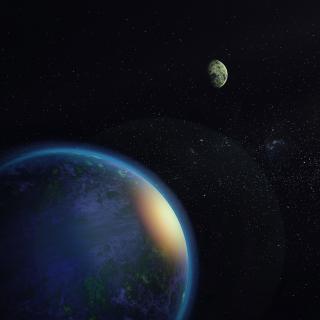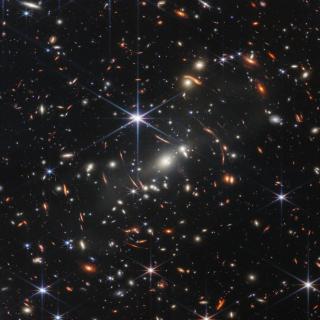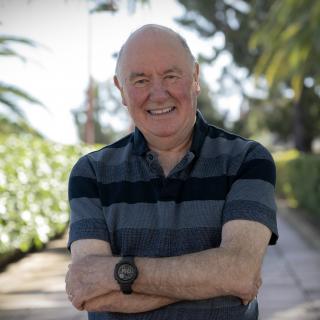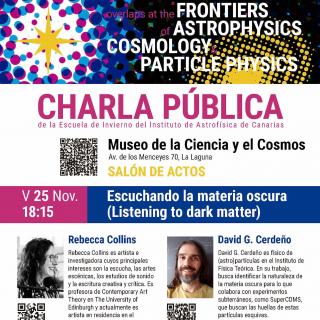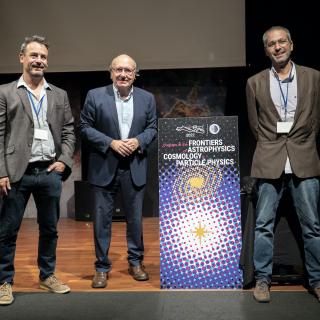
The Isaac Newton Group of Telescopes (ING) and the WEAVE instrument team present the first observations with this new instrument. This is a powerful latest generation multi-fibre spectrograph which, in synergy with the Gaia satellite of the European Space Agency (ESA), will be used to obtain spectra of several million stars in the disc and the halo of our Galaxy, permitting in-depth “archaeology” of the Milky Way. In addition, other galaxies, both nearby and distant, will be studied, some of them detected by the LOFAR radio telescope, in order to get to know their evolution. WEAVE, on the
Advertised on
